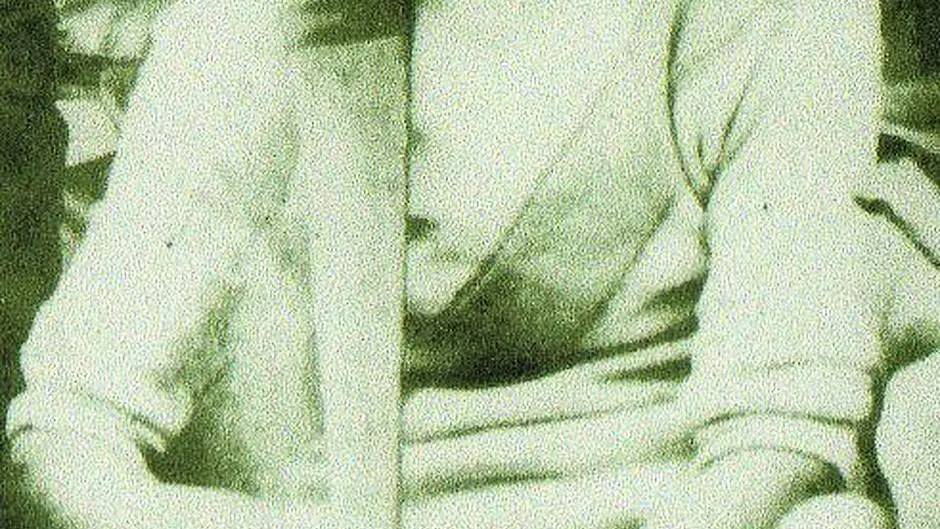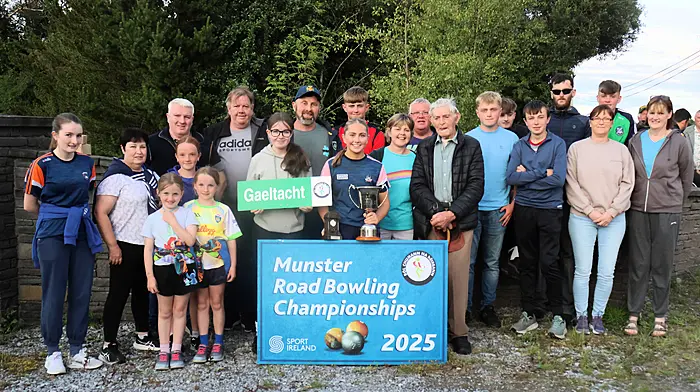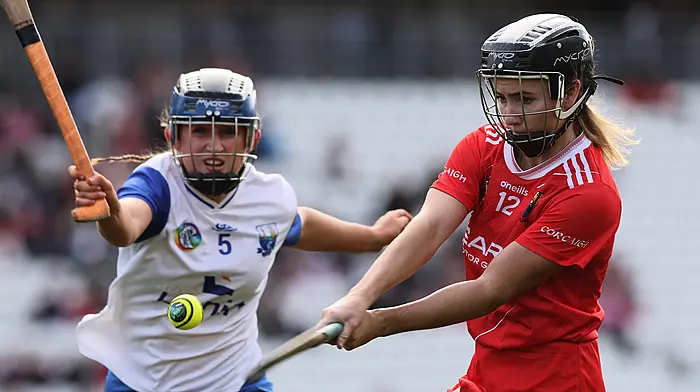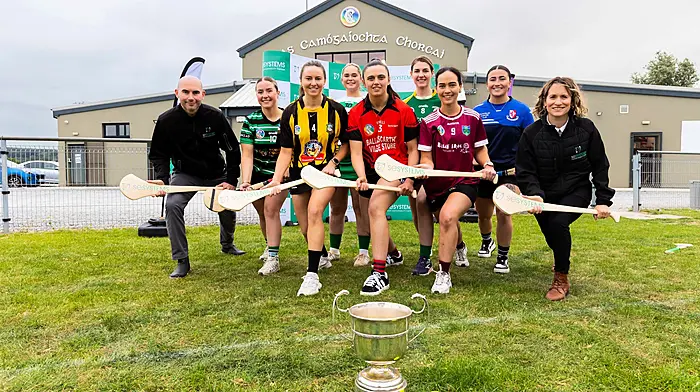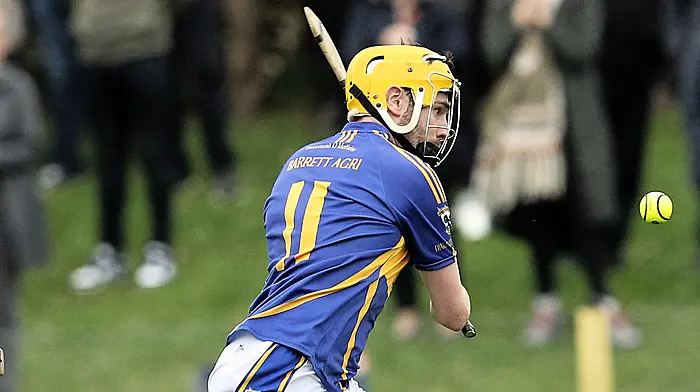In part two of his series on what West Cork GAA looked like 100 years ago, in 1922, TOM LYONS explains how preparations for games were cut short by the Civil War
**********
ALTHOUGH the vote on the Treaty in the Dáil on January 7th, 1922, was much closer than expected, with many differences arising between the TDs, the vast majority of the people favoured the Treaty because it brought an end to the years of warfare and hardship. People rejoiced as they watched the Crown Forces leaving their barracks all over West Cork, to be replaced by IRA volunteers.
Unfortunately, the expected peace didn’t last long as instances of lawlessness and killings broke out in some areas. While the Irregulars (Republican troops) took control of most of Cork city and county, they were soon to be ousted by Free State troops. By the second half of the year, the Civil War was in full flow and Gaelic games came to a standstill again.
For the opening six months of 1922, many clubs in West Cork seemed to be preparing for a resumption of GAA activities, despite the many problems involved. The support of the clergy for this revival is evident in many cases. In Bantry on March 11th, Fr Hurley and Fr Lynch attended a meeting to revive the club and memories of the old Blues were recalled. Michael O’Callaghan, secretary of the West Cork Committee, was appointed secretary of the club.
Dohenys had always lacked from want of a proper playing pitch but in 1922 they acquired the use of Prospect Lawn and enclosed it for matches. Their first game there was on Easter Sunday when they beat Kealkil. On May 28th, Bandon brought two teams to Prospect Lawn, beating Bantry in hurling and Dohenys in football. In June, under club chairman Eugene McCarthy, they began a parish league for young lads under the charge of Brother Theodorus.
In Bandon, also on Easter Sunday, April 16th, the locals beat Valley Rovers. Bandon juniors played Danesfort Industrial School in Upton, with Mr O’Driscoll NT as referee. In May, efforts were underway to revive the game of hurling in Ballydehob as a number of the older players had emigrated or died. A field was acquired from Mrs Sweetnam for practice and games, with challenge games being organised with other clubs. However, there was concern that Rosscarbery was not showing any signs of a revival.
Unfortunately, the outbreak of the Civil War seemed to put an end to all the plans to revive Gaelic activities and the only report of a game played in West Cork in the second half of the year was a juvenile game between Bandon ‘Shamrocks’ and a team from the city called Geraldines on November 11th. The bigger city lads won.
As well as football and hurling, there was also a revival of handball in 1922. In Skibbereen a handball committee was formed with F. O’Shea, CUDC, as president, R. Coghlan NT as vice-president, Paddy O’Sullivan as secretary and W. O’Shea as treasurer, in order to get a new handball alley for the town. When that project ground to a halt in July, a break-away group from Bridge Street decided to start a tournament at the Steam Mill.
The handball tournament final in Bantry between David O’Mahony, Chapel Street, and Sean Murphy, Main Street, had to be postponed because of the poor condition of the alley in Market Street, given by Mr Corcoran, Kenmare. There were three alleys in Bandon at the time and plans were underway to form a proper club.
While July saw the start of the Civil War, it also saw the end of an institution in West Cork when The Skibbereen Eagle newspaper, based in Skibbereen, famous for keeping an eye on Russia, closed down. Since its beginning in 1857, The Eagle had served West Cork well, despite its pro-establishment views, and its coverage of the GAA in the area was often superior to The Southern Star in the early days of Gaelic games in West Cork.
1922 finished in a cloud of doom and gloom for the country as the Civil War intensified, former comrades looked down gun barrels at each other and brother fought brother. The GAA had no part in this mayhem but many victims of the fighting were GAA people.
On December 7th, Brigadier Sean Hales, the great Gaelic family from Ballinadee, TD for South Cork, was assassinated outside the Ormonde Hotel in Dublin on his way to the Dáil. His assassins escaped. As a reprisal for the assassination, the Free State government picked four prisoners, one from each province, and executed them. The prisoner from Munster was Richard Barrett, one of the top GAA men in West Cork and a native of Holyhill, Ahiohill. He was one of the main driving forces behind the successful Knockavilla club and a staunch freedom fighter, who had succeeded in escaping from Spike Island.
On St Stephen’s night, Free State soldiers raided a public house in Ring, near Clonakilty, in a bid to capture the great freedom fighter and former Clonakilty hurler, John ‘Flyer’ Nyhan, but despite being wounded half a dozen times, Nyhan managed to escape and made his way to Bandon nursing home where a friendly doctor took care of him. He spent the rest of the war recuperating there. The South West junior hurling cup is now named in his honour.
The supremacy of tragedy for all Irish people, and West Cork in particular, had already taken place four months earlier, on August 23rd, when General Michael Collins was shot dead at Béal na mBláth, having visited his native West Cork.
‘Oh, the inexpressible pity of it, Ireland is a land of tragedy,’ said The Southern Star.
Little wonder the GAA was again at a standstill as Ireland lost some of its greatest leaders in 1922.

